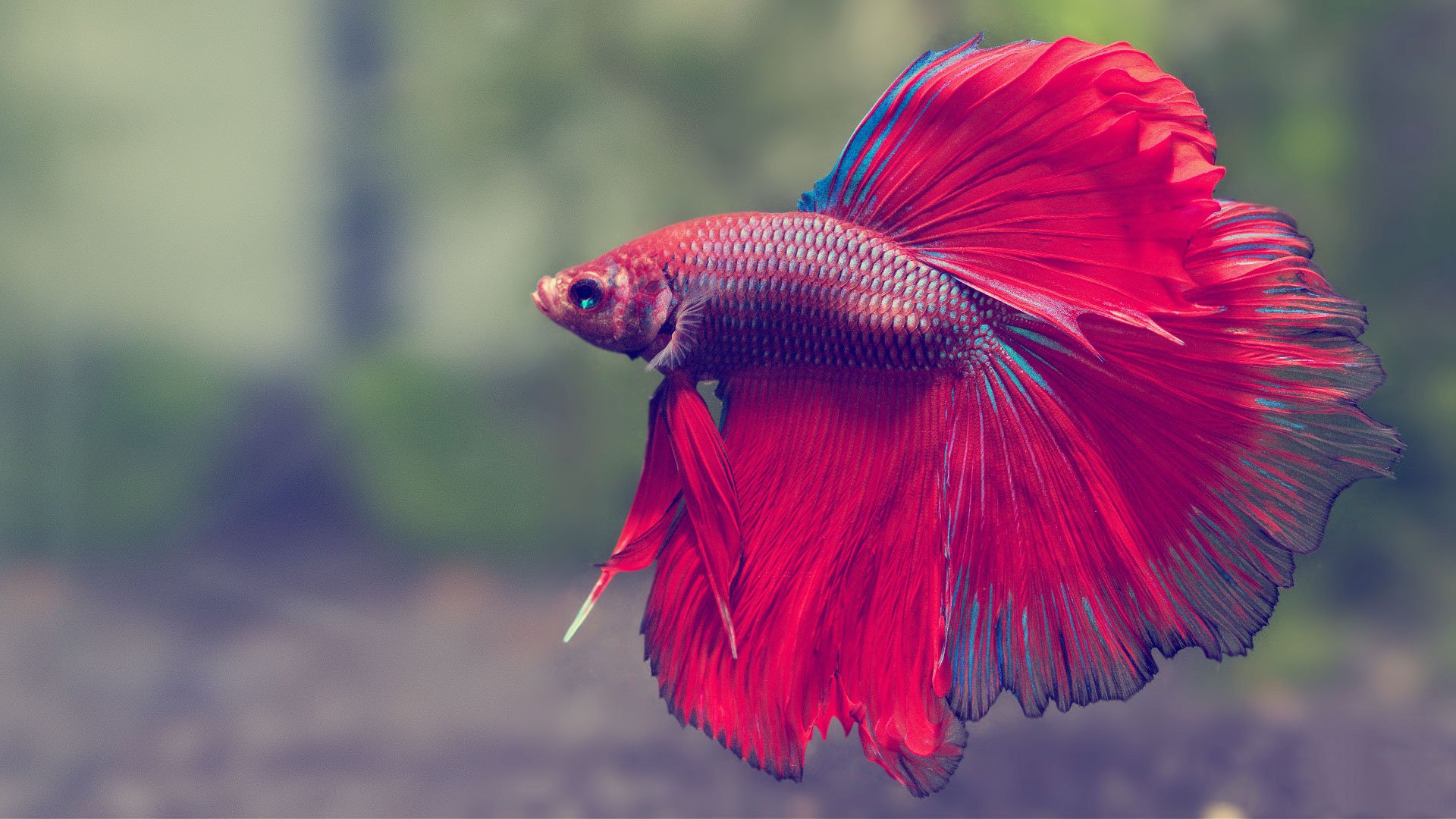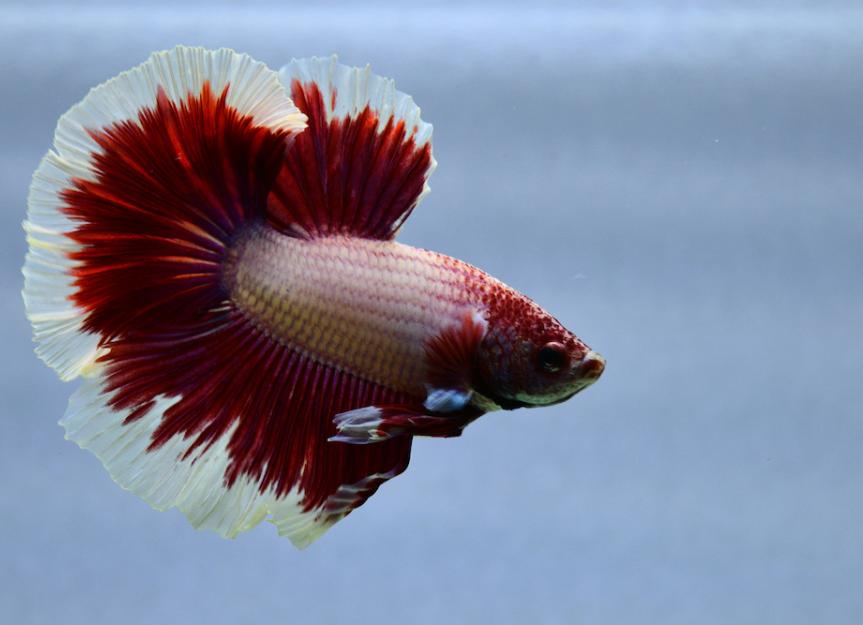How to Create the Perfect Betta Fish Habitat in your home
How to Create the Perfect Betta Fish Habitat in your home
Blog Article
Reproducing Betta Fish: a Comprehensive Step-By-Step Guide to Effectively Raising Child Bettas From Eggs to Their Adult Years
Breeding Betta fish is a thorough endeavor that requires cautious preparation and execution to guarantee the successful development of fry from eggs to develop fish. As the male Betta carefully constructs a bubble nest and guards the valuable eggs, the subsequent phases of care and change demand interest to detail and knowledge of ideal methods.

Selecting Breeding Pairs
When starting the trip of reproducing Betta fish, choosing the best reproduction pairs is crucial to achieving preferable characteristics and a healthy and balanced lineage - betta fish. The primary step in this process is to identify the details attributes you desire to enhance or protect, such as color, fin kind, and body form. It is important to pick genetically varied pairs to prevent inbreeding, which can bring about health and wellness issues and unfavorable characteristics
Evaluate possible reproducing candidates thoroughly. A healthy male Betta needs to exhibit vibrant colors, an energetic behavior, and well-formed fins, while the female should additionally display lively coloration and a rounded stubborn belly, showing readiness for spawning. Observing the personality of both fish is vital, as aggressive or overly reluctant individuals may not reproduce efficiently.
Documentation of family tree is equally important. Maintaining records of the moms and dad fish's ancestry can aid you track genetic traits and potential problems. Additionally, speak with trustworthy dog breeders or on the internet resources for assistance on selecting compatible pairs. Eventually, spending time in the selection procedure will considerably boost the chance of creating solid, dynamic children that fulfill your reproduction objectives (betta fish).

Preparing the Reproduction Storage Tank
Producing an ideal reproduction environment is an essential step after choosing appropriate sets for Betta fish. The breeding tank must be specifically developed to supply convenience and promote the natural reproduction actions of the fish. Begin with a tank dimension of at the very least 10 gallons to guarantee appropriate space for both the male and women Bettas.
Preserve a gentle filtration system to maintain the water clean while preventing strong currents that can emphasize the fish. Additionally, an air rock can be included to give oxygenation without interrupting the water surface excessive.
Temperature level law is essential; go for a stable series of 78-82 ° F(25-28 ° C) utilizing a trustworthy heating unit. The pH level must be maintained between 6.5 and 7.5, and normal water changes are necessary to make sure high water quality.
Integrate floating plants or generating mops to create concealing areas for the lady, while also urging bubble nest building by the male - betta fish. Ensure the container is cost-free from sharp decors and any kind of potential hazards, as the welfare of the fish need to always be focused on throughout this important phase of breeding.
The Breeding Process
Commonly, the breeding process for Betta fish entails a series of unique and visible actions that show preparedness for reproduction. The male Betta begins by developing a bubble nest at the water's surface area, which acts as a site for the fertilized eggs. This nest is critical, as it supplies a secure atmosphere for the eggs until they hatch out.
Once the nest is established, the man will present courtship actions, such as flaring his fins and exhibiting dynamic shades to attract the lady. The female, upon noticing the male's preparedness, will react by showing upright red stripes along her body, signifying her receptiveness.
The fed eggs then drop to the bubble nest, where the male very carefully accumulates and returns them to the nest. Following this, the male assumes duty for protecting the nest and making certain the safety and security of the eggs until they hatch out, typically within 24-36 hours.
Caring for Betta Fry
Caring for Betta fry Discover More requires careful why not try here interest to their atmosphere and nutrition to ensure healthy growth and development. After hatching, Betta fry are very little and prone, necessitating a stable and clean habitat.
Feeding Betta fry is just as essential. At first, they should be supplied infusoria or finely crushed high-grade fry food, as their mouths are also small to deal with larger particles. As they grow, you can slowly introduce larger foods, such as child brine shrimp or powdered flakes, to guarantee they obtain sufficient nutrition. Feed them little quantities numerous times a day, bewaring not to overfeed, which can lead to water high quality problems.
Transitioning to Adult Bettas
As Betta fry mature, transitioning them to adult Bettas is a critical phase that needs careful monitoring of their environment and social interactions. This process commonly starts when the fry get to around six weeks old, whereupon they can be slowly presented to an extra structured living setting.
To promote this change, it is important to guarantee that the water parameters-- such as temperature, pH, and ammonia levels-- are optimal and stable. Grown-up Betta fish prosper in cozy water (around 78-80 ° F) with a pH of 6.5 to 7.5. Slowly adjust the fry to these conditions to minimize stress and anxiety.
Social communications are an additional crucial factor; man Bettas are notoriously territorial and aggressive. For that reason, it is advisable to different men into individual tanks as they develop. Women Bettas can be housed together, yet treatment must be required to check for indications of aggression.
Furthermore, nutritional modifications ought to be made as the fry grow. Incorporate premium pellets and live foods to sustain their growth and health. By managing these aspects successfully, you can promote an effective shift to their adult years for your Betta fish.

Conclusion
Effective breeding of Betta fish requires careful interest to information throughout find out here the entire procedure, from picking genetically diverse sets to giving ideal care for fry. In addition, a balanced diet regimen and steady adjustment to adult settings are essential for the development and advancement of Betta fish.
Report this page